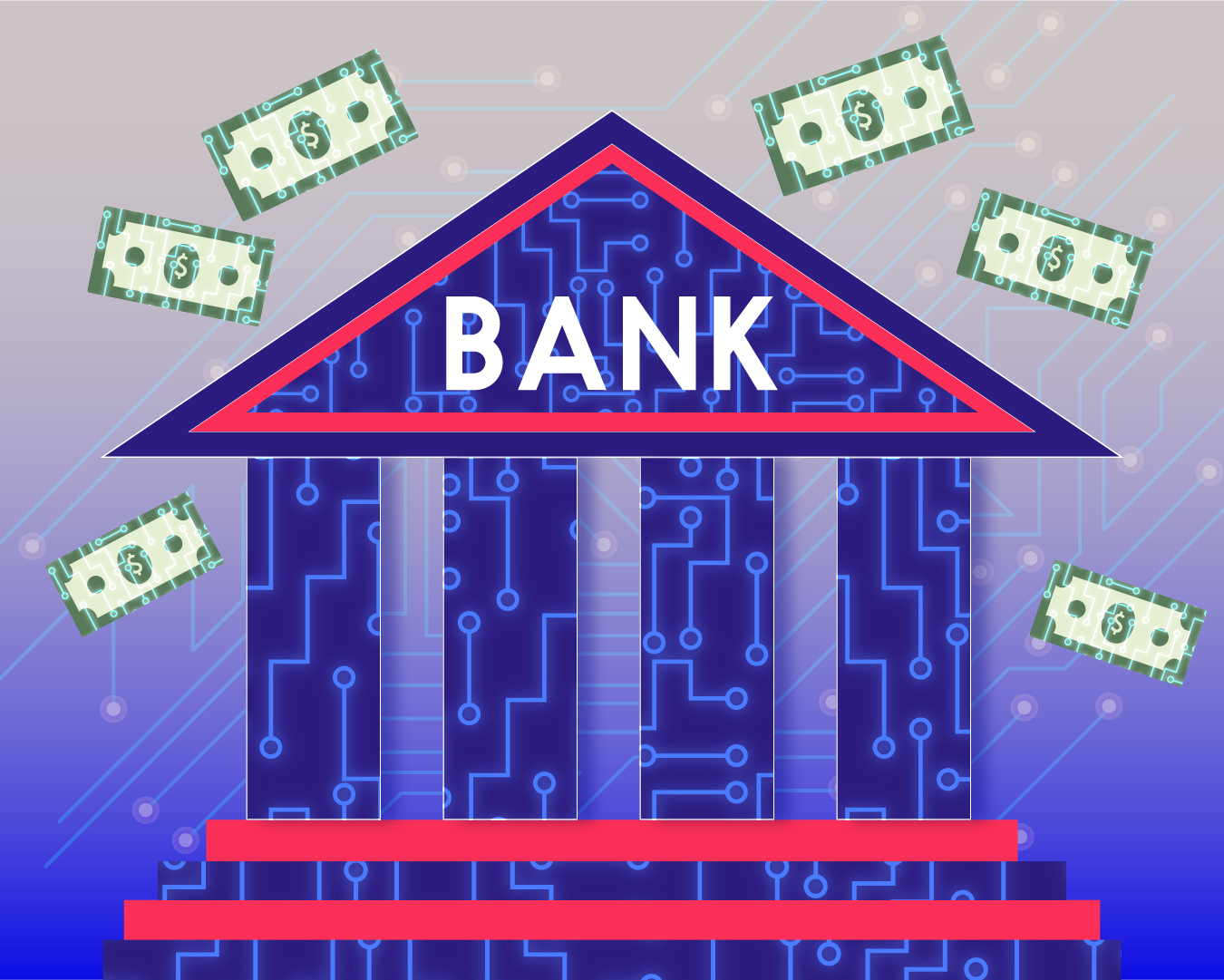Whether you’re new to crypto or have been in the industry for a while, a new trend to surface is the rise in CBDC. But what is central bank digital currency we hear you ask. In this article we’ll be explaining what it is, how it came to rise in popularity, and fill you in on everything you need to know when it comes to CBDC.
What Is Central Bank Digital Currency?
In the world of decentralized currencies and anonymous payments, the community grew quickly as the interest and value increased. As the cryptocurrency world exploded, initially in retaliation to centralized financial institutions, said financial institutions couldn’t help but want to get a piece of the action. While the anonymous payments would never work in a fiat world, the concept of fast digital payments certainly could. Hence, the birth of CBDC. So, what is central bank digital currency? It’s a digitized currency pegged to the local fiat currency. Japan’s CBDC is pegged to the yen, while Sweden’s CBDC is called the e-krona. CBDC are not designed to replace traditional paper money, but rather to complement it.
Inspired by the cryptocurrency movement, these digital forms of fiat currency were talked about as early as 2015 in a budget speech delivered by the Bank of England’s chief economist. In 2016, Sweden started work on their e-krona, while a year later Uruguay began to test their Uruguayan e-pesos.
How Will CBDC Work?
Centered around the concept of cryptocurrency, these will still be maintained by blockchain technology, but controlled by a government or entity in charge. CBDCs will function as a means of payment and store of value, and will still be susceptible to the many factors that influence the fiat value (politics, supply, demand, trade, etc).
As of today, all CBDCs are still in the development phase and one is yet to be issued, however, several countries are in the process of building, testing, and implementing the technology. Below is an overview of which countries have taken on the challenge, and where they are in their process.
China
The country is currently testing their digital yuan in Hong Kong’s Greater Bay Area. The country has been working on a Digital Currency Electronic Payment for several years and has implemented testing in four of their larger cities.
Sweden
This year the country is testing their e-krona through the country’s central bank, Riksbank. Establishing how the e-krona is going to fit into everyday life, the country is one of the few leading the CBDC race.
Uruguay
Uruguay has been testing their CBDC as early as 2017, instead of blockchain technology Uruguay used their own proprietary payment system.
Japan
While the country is yet to release any solid confirmation of plans, the country has expressed wide interest in creating their own central bank digital currency following the extensive adoption of cryptocurrencies in Japan.
Brazil
Brazil recently announced their plans to release a payment system called Pix. Their new system is set to close in on the gaps in the current payment methods and work alongside the current rise of ecommerce.
Australia, Canada, Thailand and the Philippines have also expressed interest, as well as the European Union which if implemented would cover a massive 19 countries.
How Does Central Bank Digital Currency Compare With Cryptocurrency?
When looking at how do central bank digital currencies compare with cryptocurrency the jury is out. While many feel that CBDC cannot be called cryptocurrencies, many argue that they are technically stablecoins controlled by a centralized autonomy.
When looking at how their values are determined, while cryptocurrency is entirely based on markets, CBDC are influenced by the same external factors that influence fiat currency. The adoption will also work in a different way, as individuals may choose not to participate in the crypto markets, individuals and vendors might not have a choice when a CBDC is launched, as everyone will need to accept it.
What Benefits Do CBDC Bring To The World
The development of CBDC takes a large amount of resources, and as the technology is a new concept, no one knows for certain yet if it will be a success. So while governments pour time and money into their development, below are a few advantages and disadvantages to note:
Benefits Of Central Bank Digital Currency
- These payment services will be available 24/7, unlike regular banking hours
- Less time needed to process payments
- Lower transaction fees
- Fewer branches necessary as payments can be conducted on smartphones
- Tax evasion will become more difficult
Disadvantages
- Tied into one economy, as opposed to the world wide appeal of crypto
- Unlike crypto, these will not empower the unbanked
Time Will Tell
As more people discover what is central bank digital currency, and more governments look into and develop the concept, the world of cryptocurrency will become more normalized. Whether this technology will be a giant step forward in our movement toward a cashless society, or turn out to take years to develop properly, one thing remains certain: crypto is going nowhere.
_________________________________________________________
Oobit Technologies Pte, 50 Raffles Place #37-00 Singapore Land Tower, Singapore (048623). is a company registered in Singapore (no:201716443G), that has been approved as Appointed Representative of Oobit Technologies OÜ, Harju maakond, Tallinn, Lasnamäe linnaosa, Väike-Paala tn 2, 11415, (no: 14852617 ). Which is authorized and regulated by the FIU (no: FVR001421 and FRK001304).

